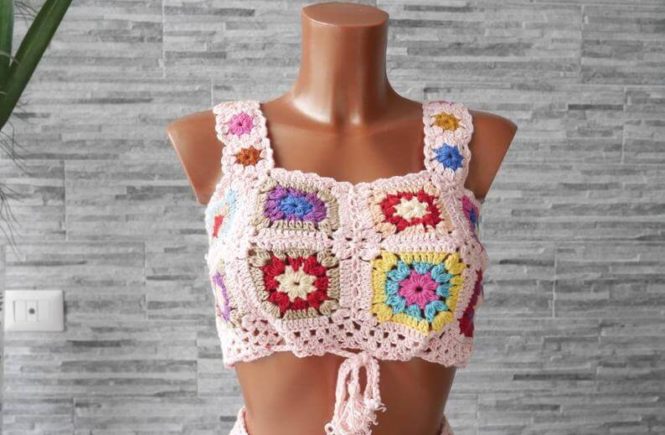What is a Doorless Shower?
A doorless shower, also known as a walk-in shower, lacks a door or curtain, offering an open, seamless entry to the shower space.
How do doorless showers differ from traditional showers?
Unlike traditional showers that are enclosed by a door or curtain, doorless showers have an open design, enhancing accessibility and creating a sleek, modern look.
What are the benefits of installing a doorless shower?
Benefits include enhanced accessibility, easier cleaning, a spacious feel, and a modern aesthetic.
Are doorless showers more suitable for specific bathroom sizes?
They can be designed for any bathroom size but work especially well in larger bathrooms where water splashing out is less of a concern.
What are the design considerations for a doorless shower?
Considerations include the layout, water containment, drainage, waterproofing, and ensuring privacy.
Can doorless showers fit into any bathroom style?
Yes, their versatile design can complement any bathroom style, from modern to traditional.
How does water containment work in a doorless shower?
Proper floor slope, drainage, and sometimes a partial wall or glass panel help contain water within the shower area.
What are the maintenance requirements for a doorless shower?
Regular cleaning of the shower area and drainage is required, but the open design often makes maintenance easier than enclosed showers.
Are doorless showers a good choice for accessibility?
Yes, their open design eliminates barriers, making them an excellent choice for those with mobility issues.
How do doorless showers impact the resale value of a home?
They can increase resale value by adding a modern and luxurious feature that appeals to many buyers.
What materials are recommended for a doorless shower design?
Non-porous materials like ceramic, porcelain tiles, and glass are recommended for their water resistance and durability.
How can privacy be maintained in a doorless shower?
Strategic placement, frosted glass panels, or partial walls can provide privacy while maintaining the open feel.
What are the average costs associated with installing a doorless shower?
Costs can vary widely based on materials, size, and custom features but generally start from a few thousand dollars upwards.
How does the installation process of a doorless shower differ from a traditional one?
The installation focuses more on waterproofing, drainage, and ensuring the floor is properly sloped to manage water.
Are there any waterproofing challenges with doorless showers?
Proper waterproofing is crucial to prevent leaks and water damage, requiring meticulous planning and execution.
What lighting solutions work best for doorless showers?
Recessed lighting, waterproof LED lights, and natural light from windows or skylights enhance the ambiance and functionality.
How can I maximize space with a doorless shower in a small bathroom?
Utilizing corner designs, clear glass panels, and minimalistic fixtures can help maximize space.
What are common doorless shower design trends?
Trends include minimalistic designs, natural materials, rainfall showerheads, and integration of technology for comfort and convenience.
Can a doorless shower have multiple showerheads?
Yes, they can accommodate multiple showerheads, including overhead and handheld options for a luxurious experience.
How do doorless showers affect bathroom ventilation needs?
Good ventilation is crucial to prevent moisture buildup, requiring effective exhaust fans or windows.
What are the pros and cons of a fully tiled vs. partially tiled doorless shower?
Fully tiled showers offer a cohesive look and are easier to waterproof, while partially tiled showers may integrate other materials for aesthetic diversity but might have more complex waterproofing needs.
Are there any special drainage considerations for doorless showers?
Adequate drainage is critical, often requiring linear drains or centrally located drains to manage water flow efficiently.
How can I incorporate a doorless shower into a master bath renovation?
Planning for water containment, choosing durable materials, and considering the overall layout for a cohesive look are key considerations.
What safety features should be included in a doorless shower?
Non-slip flooring, grab bars, and adequate lighting are important for safety.
Can doorless showers be retrofitted into existing bathrooms?
Yes, but it may require significant renovation to ensure proper drainage, waterproofing, and space utilization.



